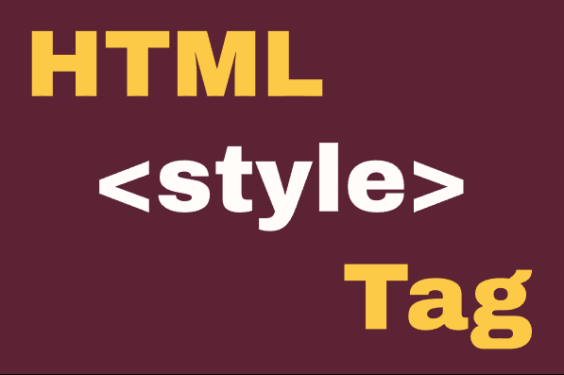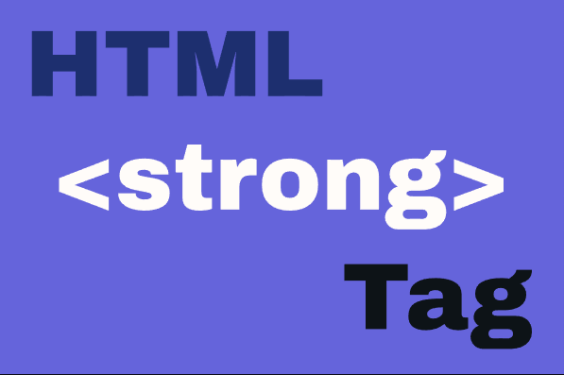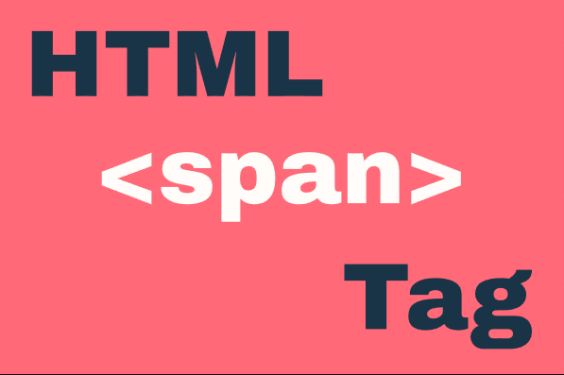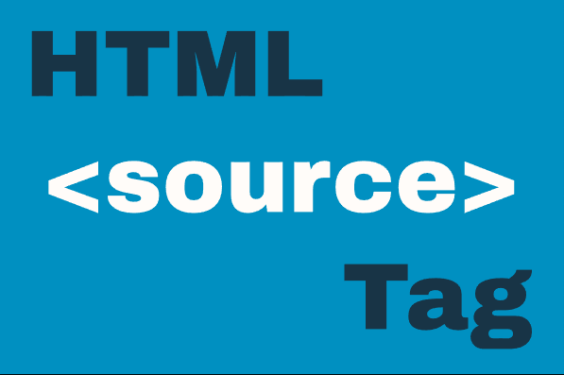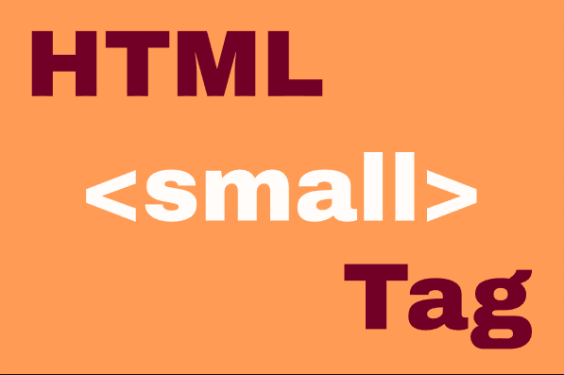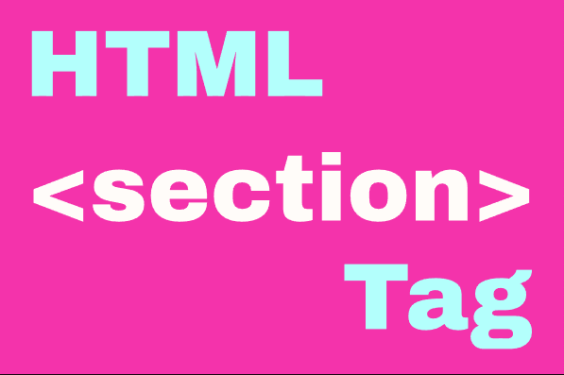HTML <header> Element
Publish in HTML Tutorial el 24/05/2025 15:05
The <header> element represents introductory content for its nearest ancestor sectioning content or sectioning root element. It typically contains headings (h1-h6), logos, search forms, navigation, or author information. Unlike the <head> element which contains metadata, the <header> is visible content.

Key characteristics:
- Can be used multiple times on a page (for different sections)
- Does not create a new section in the outline
- Often contains the section's heading (h1-h6)
- Can contain navigation, logos, or other introductory content
Basic Syntax
Here's the basic structure of a <header> element:
Examples of <header> Usage
Example 1: Basic Page Header
A simple header containing a title and subtitle:
Example 2: Header with Navigation
A common pattern combining navigation within the header:
Example 3: Article Header
Header used within an article element:
Example 4: Dynamic Header with JavaScript
Header that changes based on user interaction:
Example 5: Sticky Header with JavaScript
A header that sticks to the top when scrolling:
Tips and Tricks
- Semantic Nesting: Always place your <h1>-<h6> headings inside the <header> when they represent the heading for that section.
- Multiple Headers: You can use multiple <header> elements in one document - one for the page and others for each <article> or <section>.
- Accessibility: Screen readers can identify <header> content, improving navigation for users with disabilities.
- SEO Benefit: Search engines give more weight to content within <header> elements.
- Styling: Use CSS to make your header stand out with background colors, borders, or fixed positioning.
Common Mistakes to Avoid
- Don't confuse <header> with <head> - they serve completely different purposes.
- Avoid placing footer-type content (like copyright information) in the header.
- Don't overuse - not every section needs a header if it doesn't have introductory content.
- Avoid making headers too tall on mobile devices where screen space is limited.
